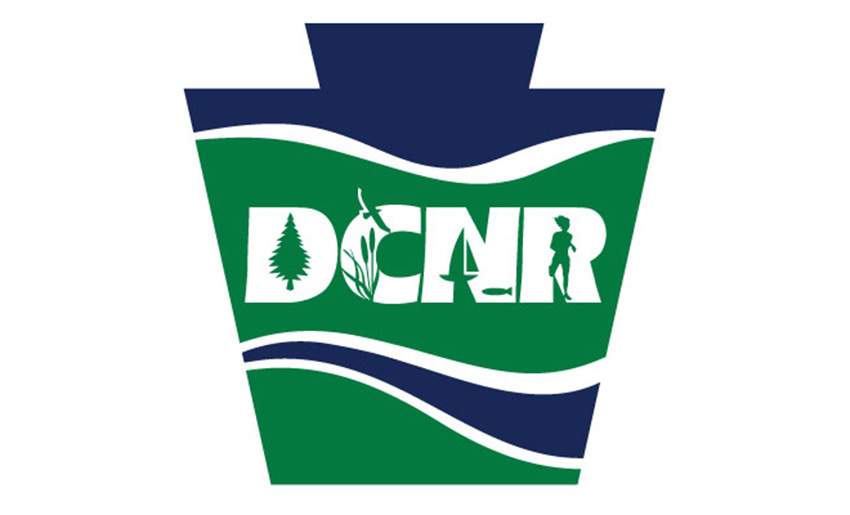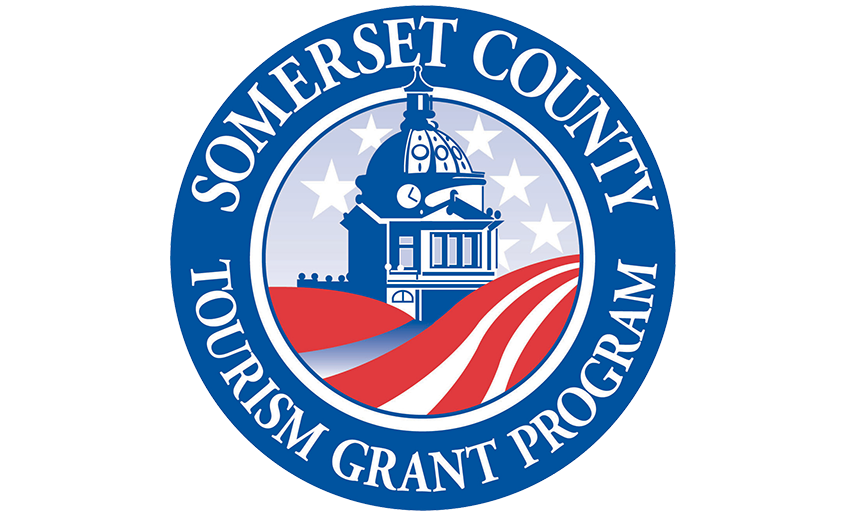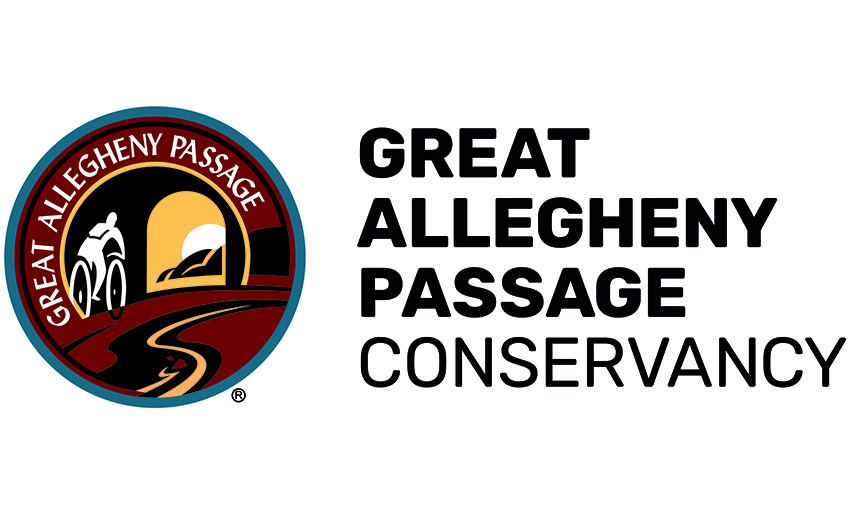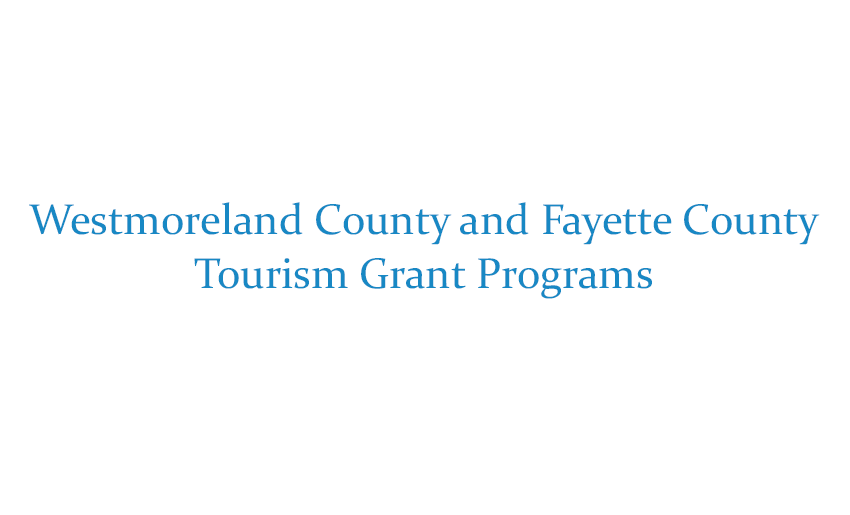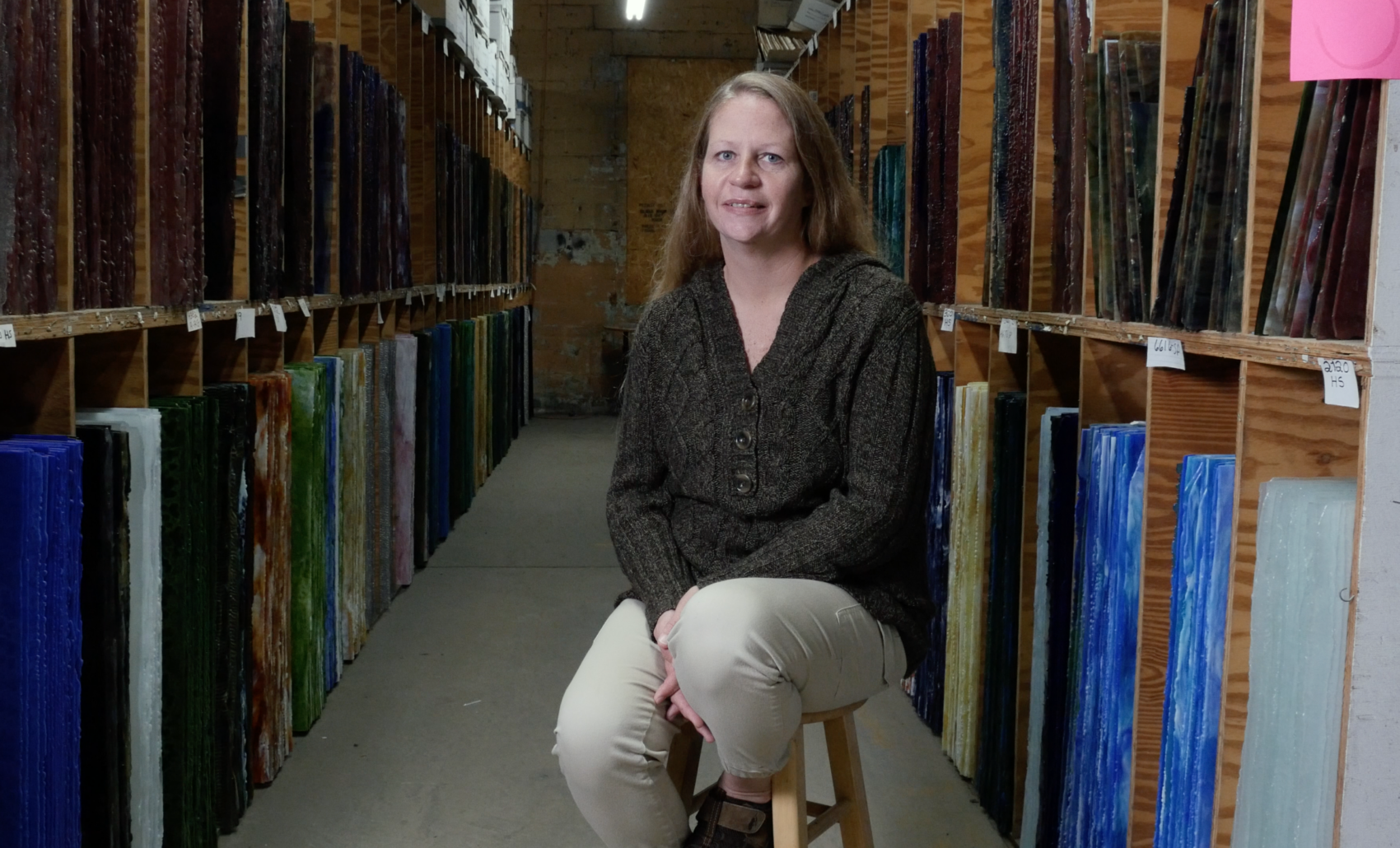“People who are on the GAP are usually very creative and very into art and nature. All of these artists and nature lovers and creative types using the GAP are helping Connellsville, because we now have different shops and restaurants that have opened and are thriving primarily because of the traffic on the Great Allegheny Passage.”
“Youghiogheny Opalescent Glass was started in 1976 by my father-in-law, John Triggs, and his father-in-law, Frank Mongell. They had the great idea to manufacture flat sheets of colored glass as stained glass.
“Frank Mongell was from Connellsville. He had raised his family here and he was pretty high up in the Anchor Glass Factory. He knew a lot about the furnaces and how to produce just clear glass and mold formed glass. John’s background was a technical writer, but he also sold colorants for the ceramics industry. John Triggs’ only son is Tristan and he grew up in the factory. He started working here probably when he was 12 or 13 years old in the summers. He was shoveling in batch after school and he became very interested in glass blowing in his early twenties.
“Tristan is my husband and brought me down to Youghiogheny Glass probably two weeks after meeting him. He had taken me on a tour of his factory and I just became interested and here we are. I’m now the sales manager for one of only four stained glass manufacturing companies in the country.

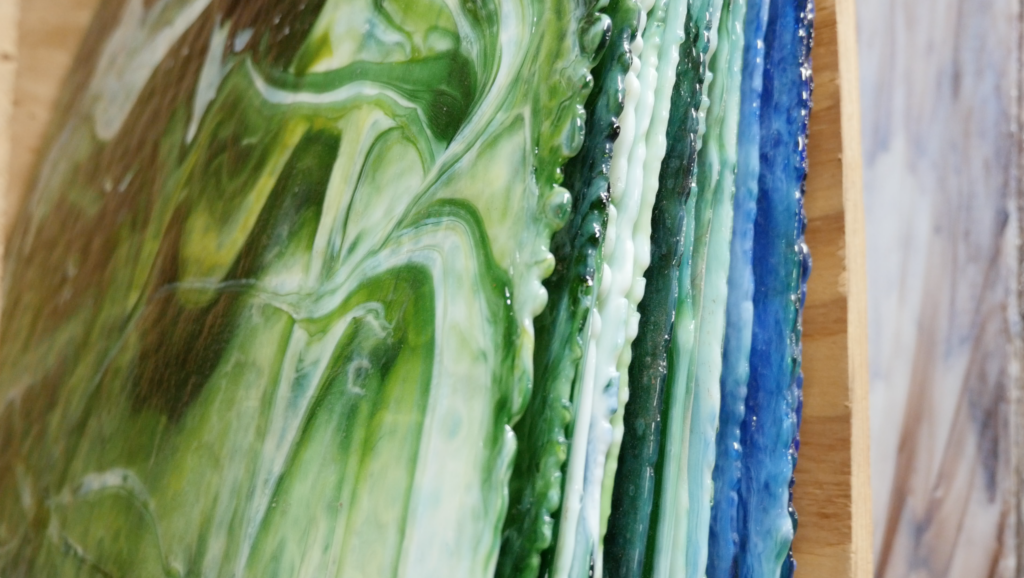

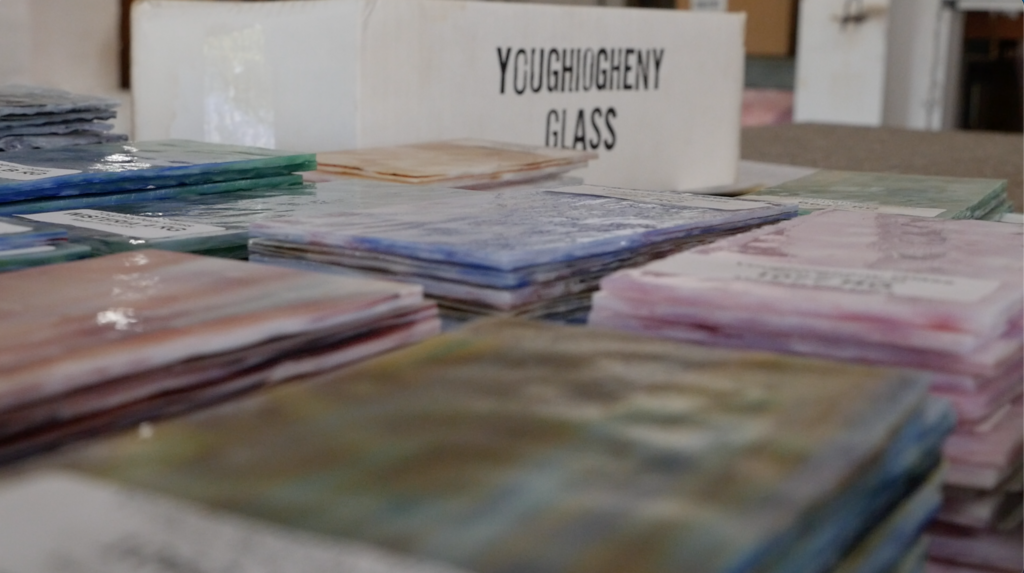

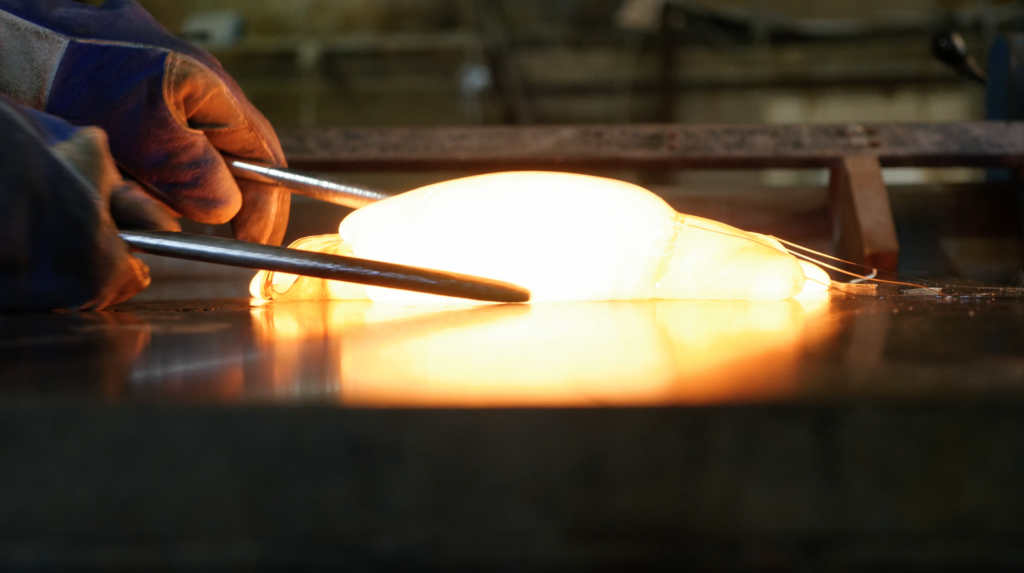
“Every afternoon we shovel sand and some other ingredients into a hot furnace and we melt it at 2300 degrees or so. In the morning it’s like a hot lava and we scoop it out ladle by ladle, dump it onto a rolling table, mix up the colors, set it through the rollers that flattens it out, put it into the striker box where it reheats the glass before it goes into get annealed, and an hour later you have a flat sheet of colored, mixed, stained glass.
“We compare it to baking a cake. You’re measuring X amount of sand and X amount of soda and X amount of colorants. You have to be pretty precise with your measuring. The kneading process is very important, because if you over knead it then the sheet looks very muddy. But if you knead it just right, you get really pretty streaks and definition between the colors and a really nice 3D effect when you illuminate the glass.
“Our customers are worldwide. We primarily ship wholesale to distributors. Our facility, our warehouse, we open to stain glass professionals to come in handpick their own glass.
“We were downsizing for the last 15 years, but in the last five years we’ve been growing. We’re hiring new people, we’re hiring younger people and we’re serving different markets than what we used to. Both our kids are interested in the business and are looking forward to a career in stained glass.
“We moved to this location along the Great Allegheny Passage in the early 2000’s. The same time period that we’ve been growing here, the Great Allegheny Passage has been growing in popularity and use.
“People who are on the GAP are usually very creative and very into art and nature. So it’s interesting how many people come along the Great Allegheny Passage are shocked to find us here because they know a lot about stained glass. All of these artists and nature lovers and creative types using the GAP are helping Connellsville, because we now have different shops and restaurants that have opened and are thriving primarily because of the traffic on the Great Allegheny Passage.
“I would like the users of the Great Allegheny Passage to know when they ride by here they could be inspired and that anybody can do stained glass. It’s a fun hobby. It’s soothing, it’s therapeutic. And it’s fun to do.”
This content was created by Anita Harnish for the Great Allegheny Passage Conservancy and financed through grants from the Pennsylvania Department of Conservation and Natural Resources’ Bureau of Recreation and Conservation, through its Community Conservation Partnerships Program and Environmental Stewardship Fund, administered by Rivers of Steel Heritage Area and Pennsylvania Environmental Council’s Laurel Highlands Mini Grant Program; through funding via the Westmoreland, Fayette, and Somerset County Tourism Grant Programs; and with funds made available by the Great Allegheny Passage Conservancy.
